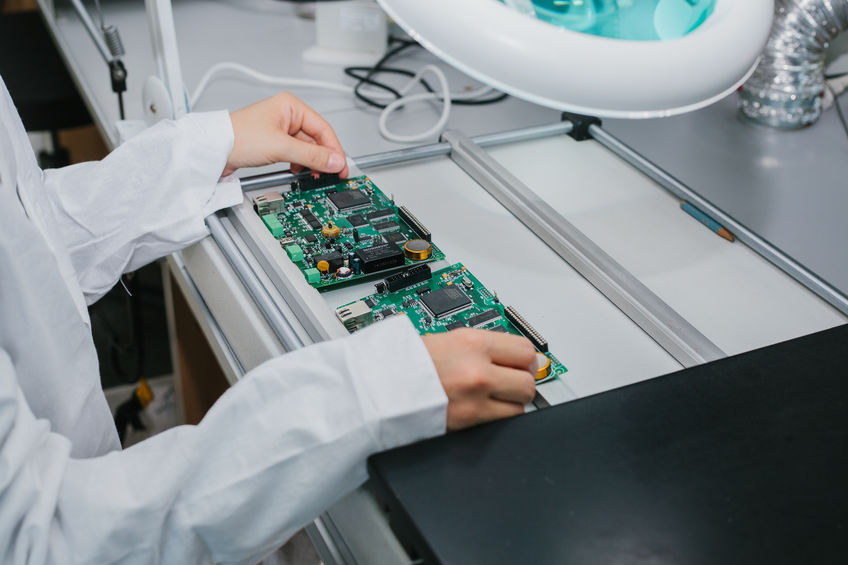- upload bom file
- +86 0755-82770375
- info@onepcba.com
- Compare Products
- Change Location:
What is an X-ray inspection of PCB?

What is an X-ray inspection of PCB?

At the heart of most digital and electromechanical devices, printed circuit boards (PCBS) must be perfected in design, function, and so on. Their accuracy directly affects product functionality and enhancement. Therefore, flawless PCB design is of Paramount importance, with rigorous testing and inspection techniques at all stages throughout the manufacturing process. There are many types of testing techniques, such as manual, automatic optical inspection, X-ray inspection, etc., performed at specific stages. X-ray detection is a widely used detection technology for PCB and its components, which can find potential defects and improve quality.
What is an X-ray?
PCBS are used in defense, medical, aerospace, heavy engineering, automotive, and other key sectors. Such PCBS are often subjected to automated X-ray screening. As the name suggests, X-rays are used to identify hidden manufacturing defects in circuit boards. This is because X-rays can penetrate components, joints, wires, and solder joints and scan for detailed information about the circuit board. This makes it easy to identify hidden problems that may have gone unnoticed. In addition, with the growing demand for boards with dense components and complex but small dimensions, this type of inspection becomes critical as it can be difficult to scan these complex wiring, tightly placed components, hidden solder, open short circuits, misaligned wiring, etc., by visual inspection and thermal imaging alone.
How does the X-ray equipment work?
X-rays can not only penetrate deep into components and solders but can also be absorbed by them, depending on their material and atomic number. The higher the atomic number, the better the absorption of X-rays. This results in enhanced and sharp images of the parts. Materials with low atomic weight allow X-rays to pass through; However, this image is more like light passing through a transparent object. The equipment used for X-ray examination includes the following components.
An X-ray tube that produces X-rays
A detector that senses radiation and converts it into an interpretable image
A sample moving device or operating platform that facilitates sample movement from all directions and angles and has the required magnification to detect problems.
The X-ray tube passed through the waiting board. As mentioned before, depending on the atomic number of the material, the rays will be deeper. These images are converted into images projected on the detector. These devices have additional features such as high magnification for close-up views, oblique Angle inspection for detailed analysis of ball grid arrays, solder joints, CSPs, etc. Some models have 3D imaging capabilities. Most devices have both 2D and 3D viewing capabilities, and most engineers like to view images from different angles at the same time. In 2D, you can view each component from all sides and different angles, while in 3D, 2D images can be reconstructed for cross-sectional viewing. X-ray tubes can be turned off or on and have different magnifications, filament types, and voltages. Low-voltage tubes are suitable for simple boards or single panels with fewer components. High-voltage X-ray tubes require dense and complex plates.

